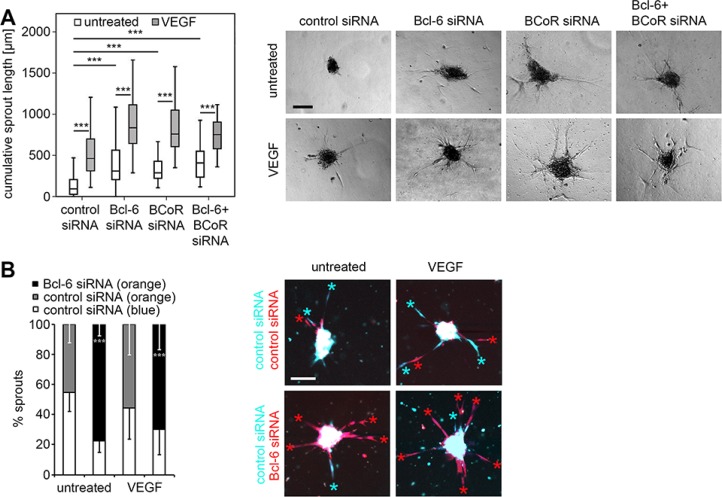Figure 4. Impact of Bcl-6/BCoR silencing on endothelial sprouting.
Spheroids of BECs transfected with different siRNAs were embedded in a collagen matrix and treated with 30 ng/ml VEGF or were left untreated. After 18 h, the spheroids were fixed and the cumulative sprout length was determined per spheroid. A minimum of 10 randomly acquired spheroids was analyzed for each experiment. (A) Images of spheroids with prominent sprouting activity and boxplot illustration of statistical analysis from 6 independent sprouting experiments control siRNA: N = 100; control siRNA + VEGF: N = 90; Bcl-6 siRNA: N = 93; Bcl-6 siRNA + VEGF: N = 85; BCoR siRNA: N = 50; BCoR; siRNA + VEGF: N = 57; Bcl-6 + BCoR siRNA: N = 26; Bcl-6 + BCoR siRNA + VEGF: N = 45 spheroids). (B) BECs were transfected with Bcl-6 or control siRNA and labeled with an orange or blue cell tracker dye, respectively. Comparably, cells transfected with control siRNA were either labeled with a blue or orange cell tracker. Differently labeled cells were mixed at a ratio of 1:1, and generated spheroids were embedded in a collagen matrix with or without the addition of 30 ng/ml VEGF. After 18 h the spheroids were analyzed with an LSM780 confocal microscope for the prevalence (%) of orange or blue labeled sprouts as indicated by colored asterisks. Ten spheroids per condition were evaluated to quantitate sprout number and color and to conduct statistical analyses. Scale bars = 100 μm. T-Test (Bcl-6 siRNA versus control siRNA, orange label); *p < 0.05; **p < 0.01; ***p < 0.001.

